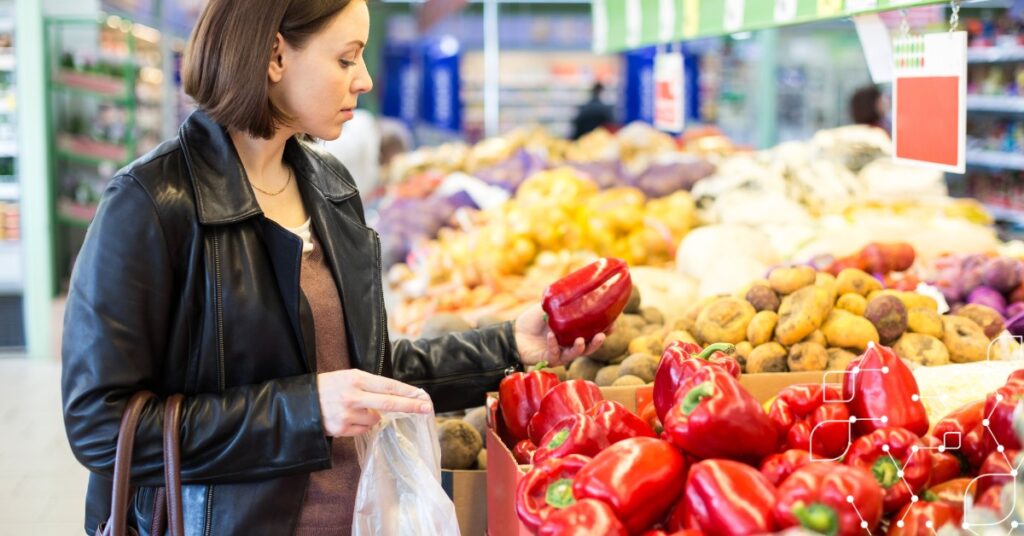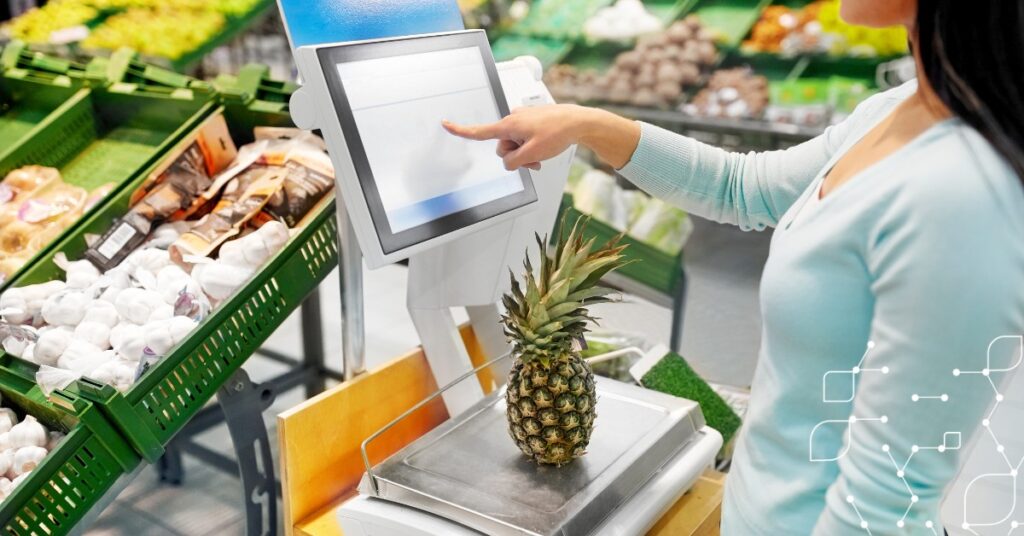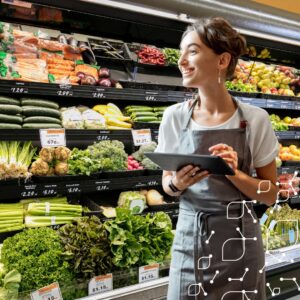
Everyone currently in the grocery industry is aware of the current inflationary pressures on the market. Grocery store inflation is a rise in the general level of prices of goods and services in an economy over a period of time. It is caused by various factors such as an increase in distribution and production costs, a decline in the value of the currency, and a surge in demand. Inflation can affect the prices of goods and services in the market, including food prices.
The grocery industry is particularly vulnerable to inflation and the effects of inflation are not just limited to the prices of commodities, but they also affect the wages of workers, rent, and other operating costs. This significantly strains retailers, who are trying to maintain their profit margins while also trying to keep their prices competitive. Additionally, they may struggle to attract customers as they may be forced to increase prices to keep up with the rising costs of goods. This is where automation can play a critical role in helping grocery stores combat inflation and attract grocers to come and spend their money.
Automating the Grocery Store
Automation can help grocery stores increase their efficiency, reduce costs, and maintain profitability. Automation can take many forms, from self-checkout machines to automated fresh food inventory management systems. These systems can help streamline processes, reduce errors, and improve the overall customer experience.
For example, automated fresh food inventory management systems and other automated replenishment systems can help track inventory levels and alert managers when stock is running low.
These systems use sensors and data analysis to monitor inventory levels in real-time. When inventory falls below a certain threshold, the system automatically orders new stock, ensuring that products are always available for customers. This reduces the risk of stockouts and allows retailers to maintain a steady supply of products at all times. In turn by automating the replenishment process, retailers can also reduce labor costs.
Automated systems reduce the time it takes to complete tasks, such as restocking shelves or processing orders. This can help free up staff to focus on other tasks, such as customer service or merchandising. It can also help improve the speed of service, reducing the time customers spend waiting in line.
Attracting Customers with Automation

Retailers aren’t the only ones feeling the strain of grocery store inflation. Consumers are very much aware of the effects of inflation, and many shoppers have been forced to change their shopping habits as a result. Higher food prices have forced some to buy more frozen foods instead of fresh, or simply be more selective on what makes it into their shopping cart.
As grocers are constantly looking for ways to improve their operations to improve the customer experience, automation can help attract customers and get them to spend money in these tough times.
For example, grocers may be attracted to a store that has self-checkout machines, as it can help reduce their wait time and improve the overall shopping experience. They may also be attracted to a store that has an automated inventory management system, as it can help ensure that the products they need are always in stock.
Additionally, automation can help improve the overall quality of the products offered by a grocery store. For example, an automated system can help ensure that products are always fresh and in good condition, reducing the risk of spoilage and waste. This can help improve the overall reputation of the store, which can be attractive to grocers who are looking for a high-quality supplier.
Automation can also help reduce costs, which can be attractive to grocers who are looking to keep their expenses down. By reducing the need for human labor and improving efficiency, automation can help grocery stores reduce their operating costs, which are savings that can be passed on to shoppers in the form of lower prices.
Navigating a Changing Market
Inflation is a major concern for grocery stores, as it can affect their profitability and their ability to attract customers. Automation can help combat grocery store inflation by improving efficiency, reducing costs, and improving the overall customer experience. By investing in automated systems, grocery stores can attract grocers to come and spend their money, while also improving their own operations and maintaining profitability. As a leader in fresh food grocery retail, it is important to stay ahead of the curve and invest in automation. This will not only help you remain competitive in the market but also ensure that you are able to provide the highest quality products and services to your customers.







